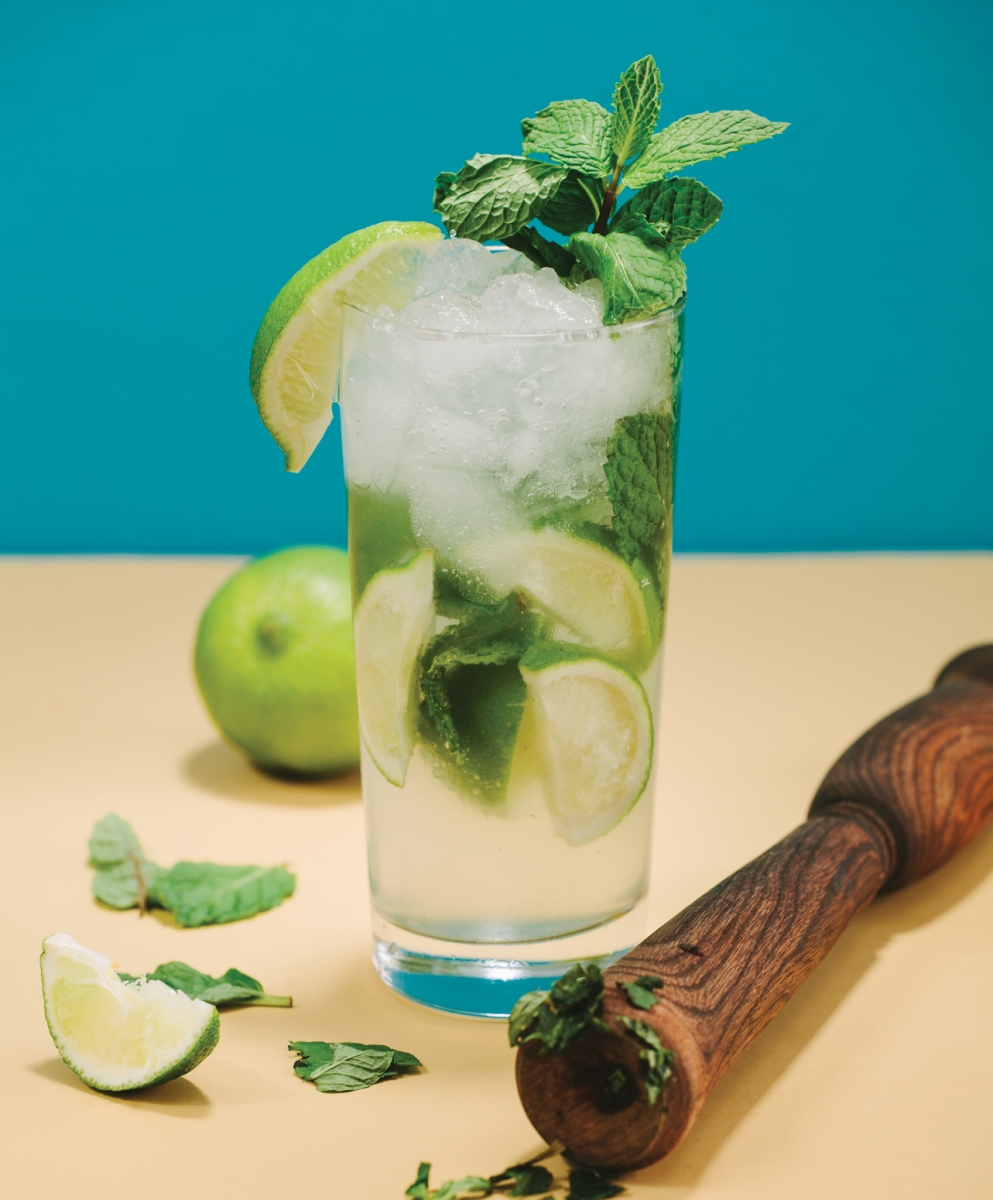While variations of the mojito are refreshing go-to drinks for the summer because of their sweet tastes, nothing compares to thetraditional version.
This summertime favourite was created in Havana, but there has been speculation over its origin. One story suggests that, in 1586, English sea captain Sir Francis Drake and his crew managed to stave off scurvy and dysentery after being introduced to the tropical drink by a local South American tribe. It wasn’t called a mojito back then, but it mostly followed the original ingredients except for one, substituting aguardiente, a cane liquor, for rum.
The origin of the mojito name is also unclear, but it has been thought to have derived from the Spanish word “mojadito,” meaning “a little wet,” or “mojo,” which relates to the Cuban lime seasoning. Mojo is also a widely used marinade in Cuba. There are many variations of the classic drink, though, like the Mexican mojito, the dirty mojito and others, that raise the question of what makes the traditional version of this cocktail.
Rum: The backbone of the mojito
The basic ingredients to make a mojito are mint leaves, limes, white sugar, club soda and, of course, rum. It’s crucial to choose the right rum before creating the ideal mojito, says Geoff Lowe, co-owner of Edmonton’s Coral de Cuba.
“If you get some bad rum, it just may not be as smooth and refreshing to drink as you would have wanted. A mojito is intended to go down smooth – it shouldn’t be something that burns on the way down.”
For authenticity, Lowe recommends Havana Club, although non-Cuban white rums like Bacardi and Lamb’s are also good alternatives. But he’s not a fan of hard liquor replacements like vodka or tequila. “I think any time that you change the fundamental ingredient, you’re really changing the nature of the drink,” says Lowe.
